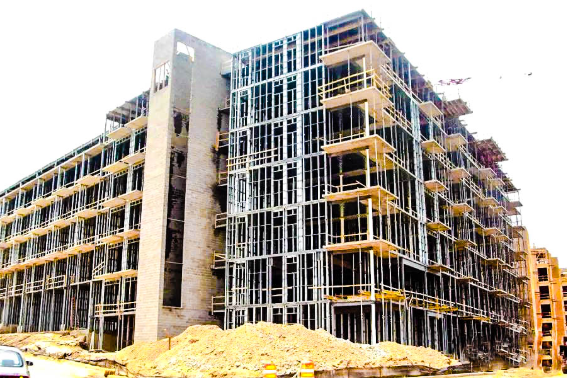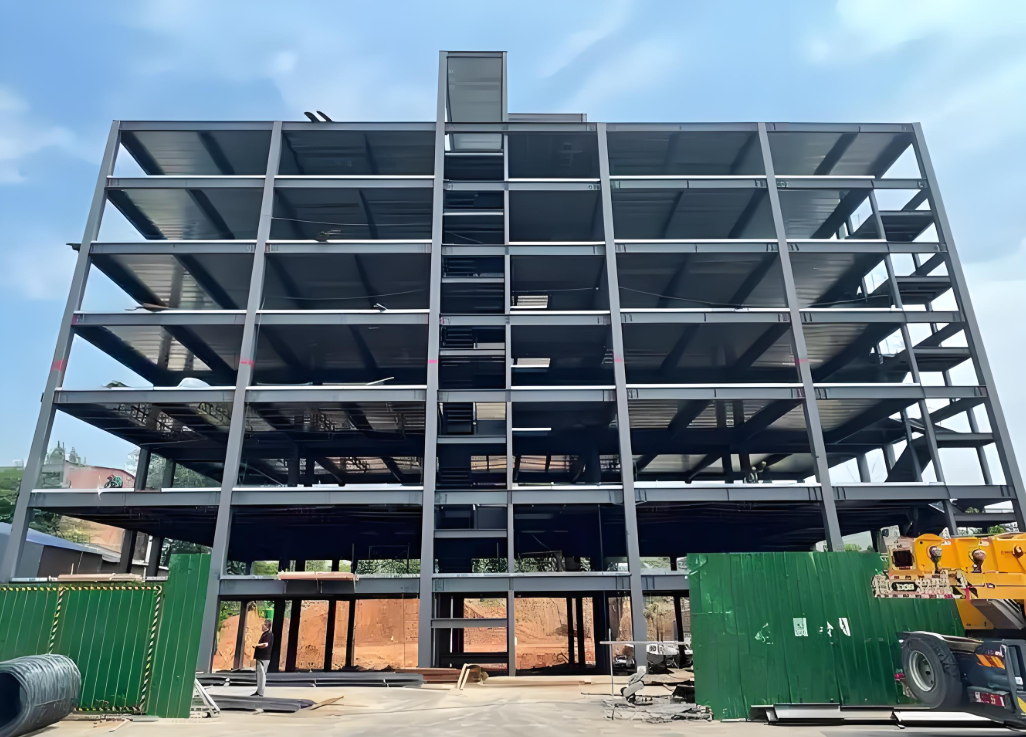Corrosion Prevention of Building Steel Structures

Generally, steel structures with protective layers do not corrode or corrode slowly, with some buildings having service lives spanning centuries. However, under certain conditions, steel structures can exhibit alarming corrosion rates, leading to structural damage within years or even shorter periods. The corrosion process typically follows these stages: microcracks and pores form in the protective layer → protective layer peels off → harmful media infiltrate → steel corrosion initiates → severe corrosion occurs → structural performance degrades → structural failure. Anti-corrosion measures generally consider two aspects:
Corrosion Level-Based Measures
Building steel structure corrosion can be categorized into four levels: severe, moderate, mild, and none.
Severe corrosion (industrial environments with high CO₂, SiO₂, H₂S): Rapid material degradation requires surface isolation protection.
Moderate corrosion: Moderate material degradation necessitates increased component thickness or basic surface protection.
Mild corrosion: Slow but progressive corrosion requires preventive measures.
Non-corrosive: Negligible corrosion allows omission of protective measures.

Critical Process Controls
Surface preparation: Must meet design specifications (e.g., alkyd paint, epoxy zinc-rich paint, galvanization).
Temperature/humidity: Coating application requires 5–38°C ambient temperature and ≤85% relative humidity. No painting should occur during surface condensation. Fresh coatings must avoid rain exposure for 4 hours.
Coating thickness: Must comply with design requirements. Spray materials should be prepared daily and applied per anti-corrosion specifications.
Coating performance: Select coatings resistant to specific environmental contaminants to ensure durability.



